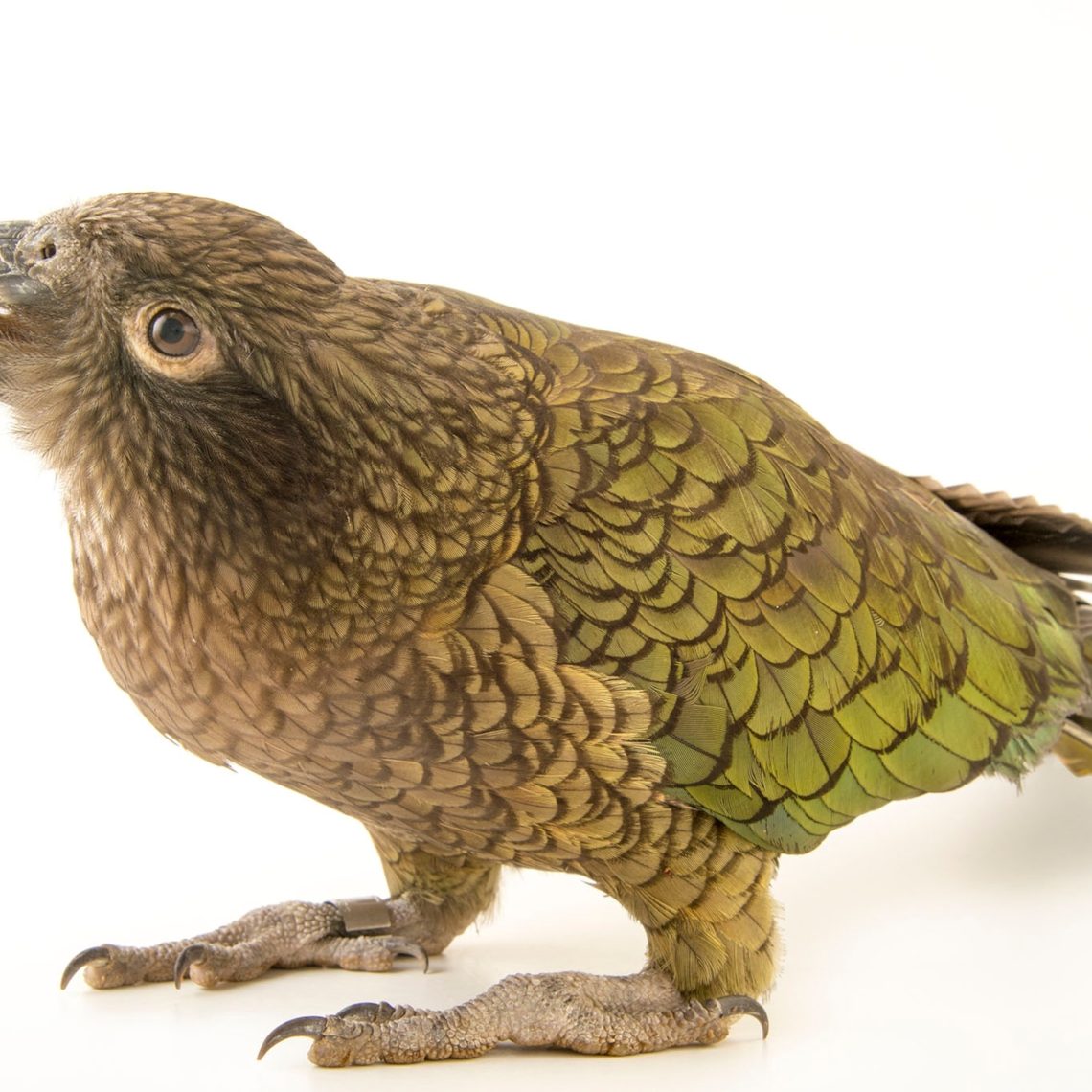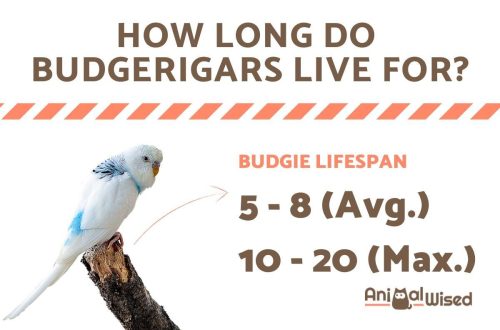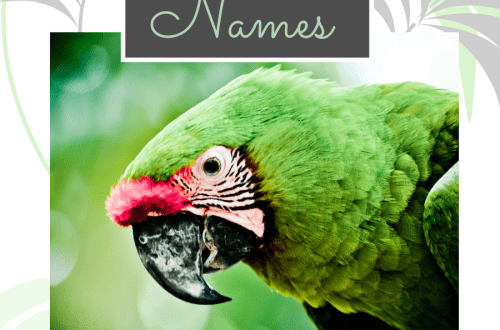
ນົກແກ້ວ ນິວຊີແລນ ມີຄວາມຕະຫຼົກ!
A group of scientists from New Zealand and Australia have proven that kea parrots use a certain trill, which is analogous to human laughter. After a series of experiments, ornithologists found out that playing records of “bird laughter” affects the behavior of New Zealand parrots.
According to an article in Current Biology, experiments conducted by the authors on flocks of wild kea helped come to this conclusion. Scientists have recorded several types of sounds made by parrots on different occasions. Recording a trill during active games affected the kea flock in a corresponding way: the birds began to bully and fight in a playful way, without showing real aggression.
Like human laughter, the game trill of nestors is contagious and significantly affects the atmosphere of the pack’s behavior.
5 types of sounds were played to the parrots, but the birds responded only to “laughter” with games. Interestingly, the kea that did not react initially did not connect to the already playing kea, but started fooling around with the birds not participating in the fun, or using objects for this, or started doing acrobatic stunts in the air. A certain sound evoked playfulness among the nestors, but it did not serve as an invitation to the game, but only displayed as an emotion in each bird.
The recording influenced the emotional state, but not the mood, since it is more durable and stable.
After playing the trill for 5 minutes, the kea started fooling around and continued for another 5 minutes without hearing the trill. In total, the experiment lasted 15 minutes: 5 minutes before the start of the “laugh” (when the birds were left to themselves), 5 minutes of the sound (the kea began to fool around) and 5 minutes after the experiment, when the parrots calmed down.
In nature, flirting among birds and animals of opposite sexes signals the start of courtship and the onset of the breeding season. In the case of New Zealand parrots, things are somewhat different. Having heard the recording of “laughter”, both males and females of different ages showed activity in comic games.
The laughter of New Zealand parrots is recognized as analogous to human laughter and other species. For example, rats also have a sound that can be called laughter. But the experiment to confirm this conjecture was less humane than in the case of kea. The rats also began to play and fool around when they heard “laughter”.
During the experiments, the animals were blinded or deafened. Deaf rats did not react to the reproduced sound and did not show playfulness, while the behavior of blind rats changed dramatically: they became playful and began to demonstrate a cheerful attitude towards their relatives.
The ability of parrots to imitate human laughter should not be confused with the trill of “laughter”. Parrots are birds that successfully imitate all sorts of sounds, but copying them does not carry an emotional component, when the trill is a manifestation of the emotion of the bird itself.





